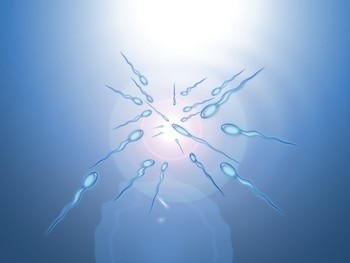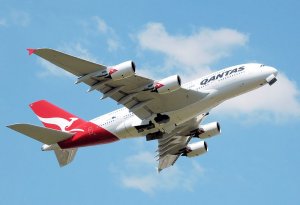- Uranium hard drive – A new uranium-containing compound maintains its magnetic behaviour at low temperatures. The discovery could take us a step closer to magnetic memory devices with capacities thousands of times denser than current high-end hard drives.
- Clouds from both sides – Atmospheric and climate models may have overlooked the fact that exactly how clouds appear to reduce the amount of sunlight available for warming the surface of the earth depends on the wavelength being measured across the spectrum from infrared to ultraviolet. The finding could now help researchers improve climate models by factoring in the effects of cloud cover more precisely.
- Soap story – It is perhaps no real surprise to any chemist who has unblocked a drain clogged with white lardy deposits, but new FTIR spectroscopic evidence confirms that degraded fat, oil and grease (FOG) reacts with calcium compounds in the murky water of drains to form hardened deposits that are, to all intents and purposes, composed of soap, leading to blockages and overflows.
- Volcanic ash cloud nanoscience – When Eyjafjallajökull spewed volcanic ash into the atmosphere in 2010, airlines were thrown into chaos as the aviation authorities grounded all planes. But was the move justified, did it stop potentially catastrophic damage to aircraft? A new study that takes a close look at the behaviour of ash particles would suggest so.
- SERS calcs – New quantum calculations show how electrical charge can slosh from a target molecule to the metal being used to enhance Raman signals in Surface-enhanced Raman spectroscopy (SERS). The finding could finally explain the mechanism by which this technique boosts Raman spectra in terms of the chemical contribution to the effect.
- Zen and the art of decision making – Buddhists are different from other people, at least when they meditate on an important decision. Functional magnetic resonance imaging (fMRI) shows that specific regions of the meditating brain become active when confronted with an ethical decision but that these are different from the brain regions apparently active in people of a less Zen disposition attempting to make the same decision.
- The mathematics of elections – UK is to vote on a possible new voting system soon. There are good arguments as to why the alternative vote (AV) is mathematically a better system than first past the post (FPTP), but ultimately the decision people make in the ballot box next week is all about politics, not mathematics. Do you want a system that picks a winner with strong support from a minority of voters (FPTP) or one where the leading candidate is vaguely liked by a majority of people (AV)? No amount of equations can help you reach a decision.
The latest seven science stories to hit DB’s virtual desktop @sciencebase.
 My latest science news updates on SpectroscopyNOW – covering heavy metal sardines, pain relief and sleep problems, oral insulin and a new male infertility test that could explain the issue problem.
My latest science news updates on SpectroscopyNOW – covering heavy metal sardines, pain relief and sleep problems, oral insulin and a new male infertility test that could explain the issue problem.